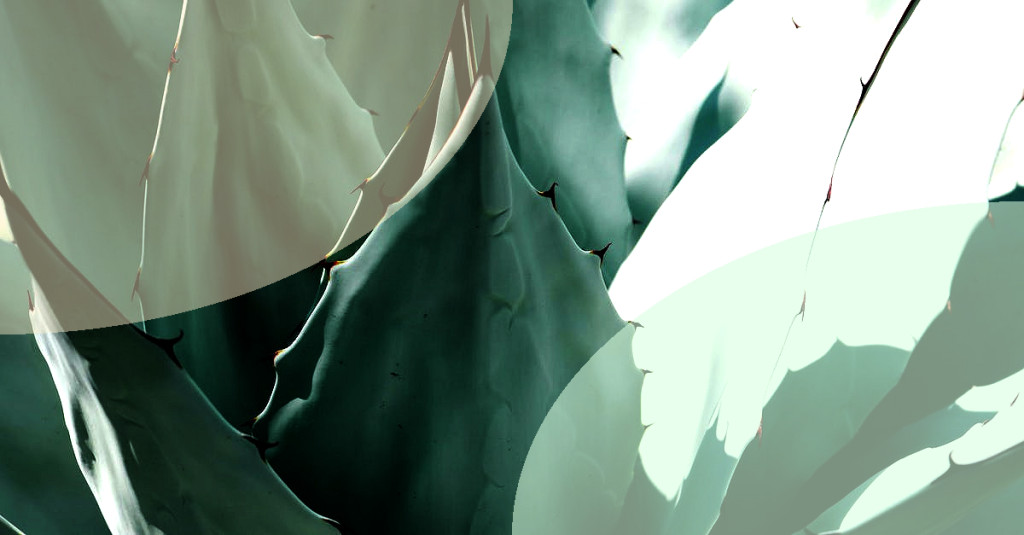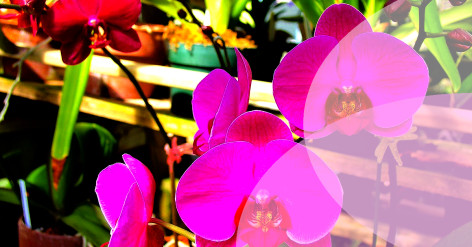Easy ways to make a garden frog

Why Opt for a Garden Frog?

Home sweet home extends to our backyards too, so why not add some character with a garden frog? These amphibious buddies provide a touch of charm while engaging with the natural ecosystem. In this post, we'll share some creative ways to make your own garden frog using environmentally-friendly materials. Hop on board and let's get started!
Method 1: The Green Clay Frog
Frogs are more than just cute garden decor, they're essential to maintaining a healthy environment:
- They help keep pests under control by feeding on insects and slugs.
- Frogs contribute to the ecological balance by serving as a food source to other wildlife.
- Many species of frogs are bioindicators, which means their presence (or absence) can indicate the health of an ecosystem.
By creating a garden frog, you're not only sprucing up your backyard but also providing a habitat that supports the overall health of the environment.
Materials
Step-by-Step Guide to Make a Green Clay Frog
- Air-drying clay (preferably green)
- Sculpting tools
- Toothpick
- Acrylic paint (optional)
- Outdoor sealant
Method 2: Crochet-A-Frog Friend
- Form the frog's body by molding a large ball of clay. Flatten the bottom so that it sits steadily on a flat surface.
- Create the frog's head by molding a smaller ball of clay. Attach it to the top of the body and blend in the seams using sculpting tools.
- Form the eyes by rolling two small balls of clay and attaching to the top of the head. Use the toothpick to make indents for added texture.
- Shape four long legs and bend them at the center to create the appearance of jointed limbs. Attach them to the body and blend in the seams.
- Flatten two small pieces of clay to make the feet. Attach them to the bottom of the legs and use a toothpick to create individual toes.
- Once the frog sculpture dries, you can paint it with your desired colors and patterns. Finally, apply a coat of outdoor sealant to ensure it can withstand weather conditions.
Related articles
Materials
Step-by-Step Guide to Crochet a Frog
- Green yarn
- Crochet hook
- Yarn needle
- Fiberfill stuffing
- Black embroidery thread for details
Inviting Real Frogs to Your Garden
- Begin by crocheting two oval pieces, one larger (for the body) and one smaller (for the head). Attach them using the yarn needle and green yarn.
- Crochet two semi-spherical shapes to form the eyes. Sew them to the top of the head with black embroidery thread.
- Create the arms and legs by crocheting two tubes for the limbs and two flattened shapes for each of the hands and feet.
- Stuff the body, head, and limbs with fiberfill before sewing them to complete the frog.
- Add final touches by embroidering a smile and nostrils on your frog's face. Find a suitable comprehensive tutorial to crochet a garden frog.
Ribbit Riviera: Your Froggy Wonderland
If you want to invite some live frogs to join your handmade companions, consider creating a welcoming habitat:
- Build a shallow frog pond or mini wildlife pond.
- Plant native water plants and vegetation for hiding spots and breeding habitats.
- Provide a source of clean water and avoid using pesticides in your garden.
A garden frog makes a fantastic addition to any backyard, with both decorational and ecological benefits. Whether sculpting a clay frog or crocheting a cute companion, you'll not only create an eye-catching ornament but also promote a healthy garden ecosystem. So, go ahead and add that splash of green to your garden with a fantastic, froggy friend!




